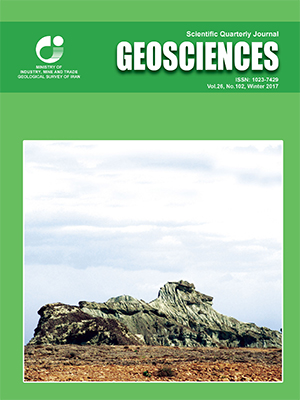Document Type : Original Research Paper
Authors
1 M.Sc., Department of Geology, Faculty of Sciences, University of Isfahan, Isfahan, Iran
2 Assistant Professor, Soil Conservation and Watershed Management Research Department, Isfahan Agricultural and Natural Resources Research and Education Center, AREEO, Isfahan, Iran
3 Associate Professor, Department of Geology, University of Isfahan, Isfahan, Iran
4 Assistant Professor , Soil Conservation and Watershed Management Research Department, Chaharmahal and Bakhtiari, Agricultural and Natural Resources Research and Education Center, AREEO, Shahrekord, Iran
Abstract
In this research, two probabilistic methods (i.e., weight of evidence and index of entropy models) are used to perform landslide hazard zonation mapping in Doab Samsami region in Chaharmahal and Bakhtiari Province. For this purpose, ten landslide-conditioning factors (i.e., slope gradient, slope direction, precipitation, gravity acceleration, distance to roads, distance to streams, distance to faults, distance to residential areas, lithology and land use) are used. A landslide inventory map was prepared using the known landslides, Google Earth images, and field observations. The landslide hazard map was prepared taking into account the weights calculated by both models and computerized in ArcGIS Software. The SCAI and the area under the curve (AUC) of receiver operating characteristic (ROC) were used to evaluate them. The results of both models imply a good prediction of landslide hazard in the studied area. They indicate that precipitation, lithology and land use have the greatest impacts on the landslides occurred in the Doab Samsami region, respectively, and that both models are appropriate for the landslide hazard mapping. The validation results using 30% of the landslide points showed that in weight of evidence model AUC is 79% and was able to predict the landslides slightly better than the index of entropy method in which AUC was 73%. The maps produced by these models can be useful for regional spatial planning and for land use planning.
Keywords

